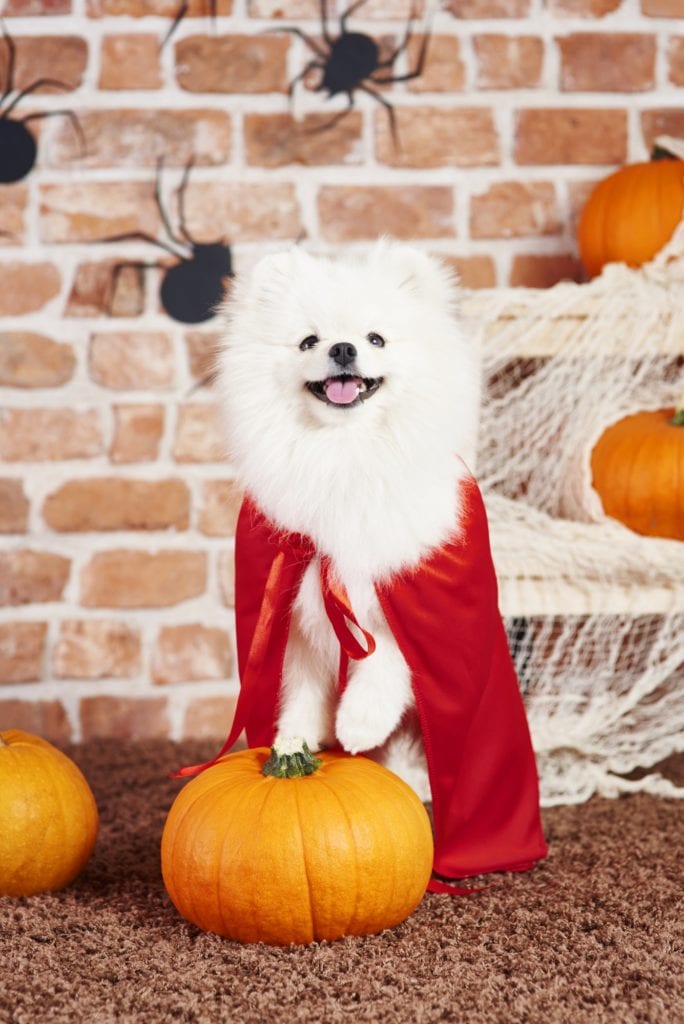Pumpkin spice has the ability to unite autumn lovers with its warm, buttery taste and aromatic scent. From caffeine to candles, pumpkin spice is a staple of the fall season, popping up cafes, restaurants, and even home-style stores across the nation. However, as we continue to bask in the fragrant fall trend, it’s important to always return to our roots: the pumpkin!
While the pumpkin isn’t the go-to dinner vegetable for most households, it does contain a fantastic source of fiber, vitamin C, and potassium. The benefits don’t stop there: pumpkins are a great vegetable to incorporate into your pet’s diet to share the health benefits (and the pumpkin spice love). Here’s how you can safely include your pets in the pumpkin frenzy:
Use a new pumpkin. While that carved pumpkin might have won first place last week, it can be a breeding ground for bacteria. Use a fresh, new pumpkin instead for your pet. Alternatively, you can choose a canned pumpkin, which is equally as nutritious and delicious (just be sure to buy one without added sugars).
Raw is A-Ok. If you’re a pumpkin novice, never fear. Both raw and cooked pumpkin is safe for dogs and cats. However, if your pup has a history of diabetes or kidney disease, check first with your veterinarian. (Pro tip: pumpkin flesh and seeds can also be digested without incident by dogs, but steer clear of seeds for your kitty). Pumpkins can go rancid very quickly, so if you do choose to use raw pumpkin, don’t wait too long to start carving!
Hooray for puree. If your pet is picky, try pureeing pumpkin with no added sugars or spices. Both dogs and cats enjoy a good pureed pumpkin, and this can even help with digestive issues. By adding a tablespoon or two to your pet’s regular food, you can help keep your dog or cat regular and less likely to develop constipation and diarrhea.
Pumpkin spice, skinny edition. That’s right, if your pet is looking a little thick this fall season, pumpkin can be a great alternative to help them lose weight. Try replacing a portion of your pet’s food with canned pumpkin for an easy switch. Pumpkin is notoriously filling, and your pet may even like the change of pace. Compliments to the chef, anyone?
Not all parts are created equal. While the stem should be avoided in your pumpkin cooking extravaganza, the skin and seeds can be a great addition to your pet’s food. The oils found in pumpkin flesh and seeds are believed to aid urinary health, and are also an excellent source of iron and vitamin A. (Remember, not all cats can digest pumpkin seeds, so be sure to check with your veterinarian beforehand.) If this is your first time feeding your pet pumpkin, we recommend going straight for the meat first, and then incorporating other parts later.

